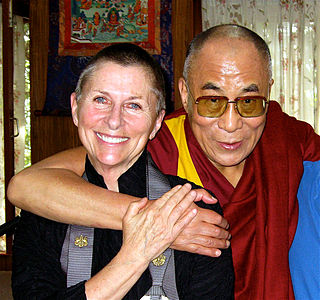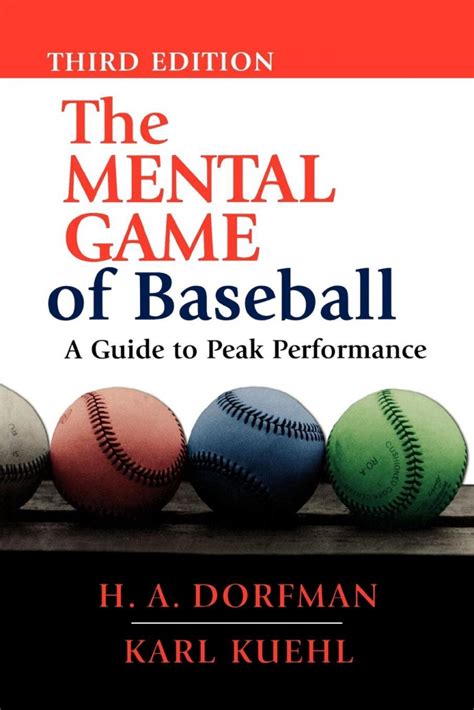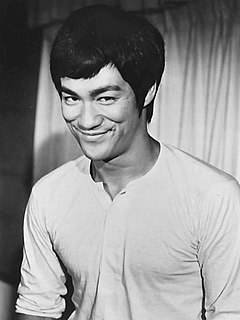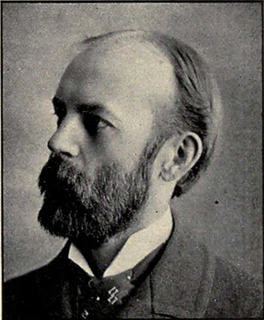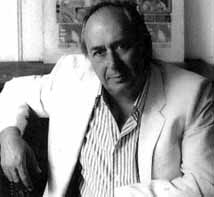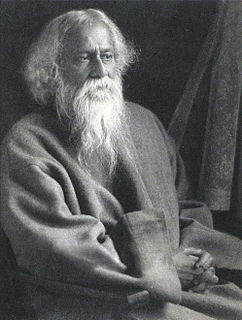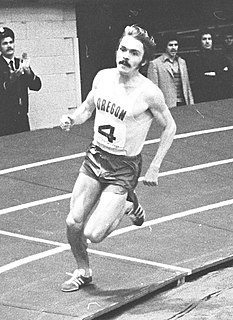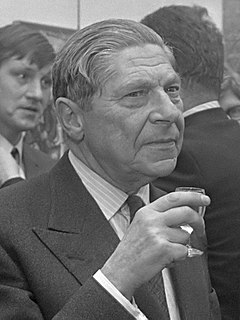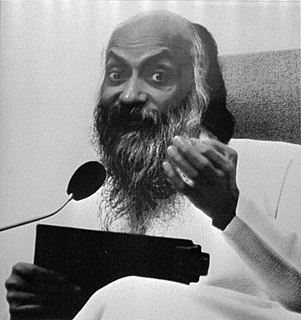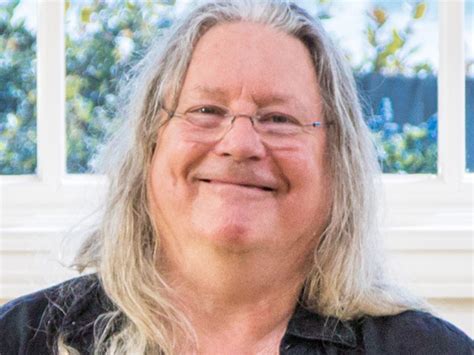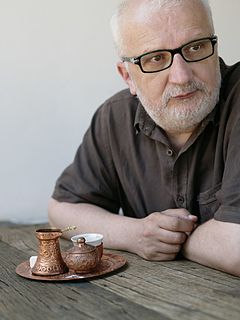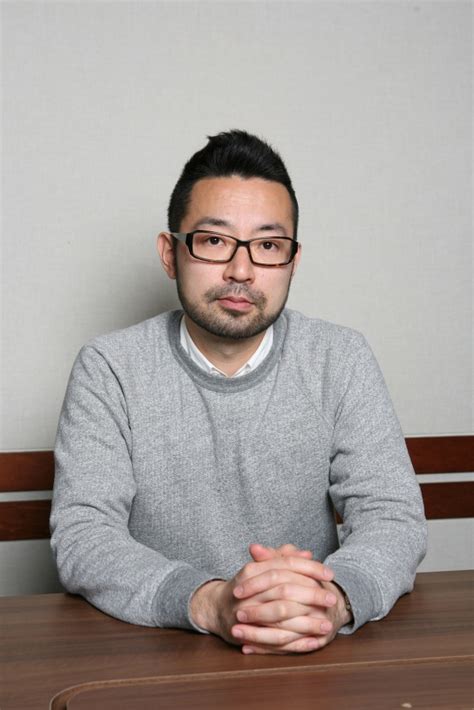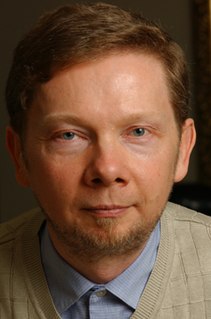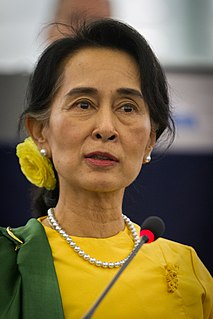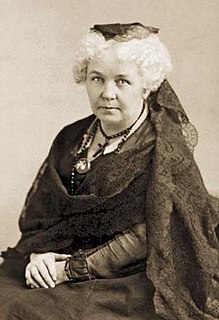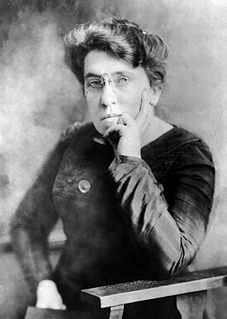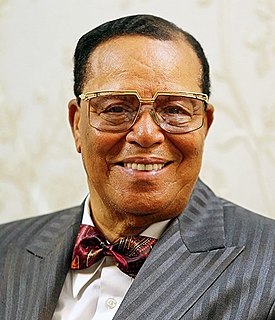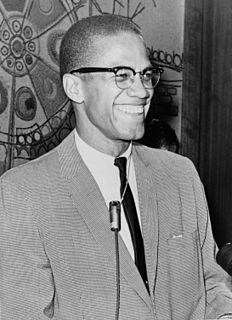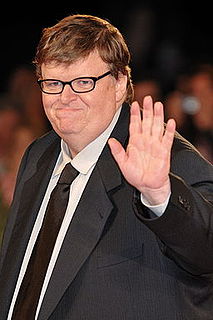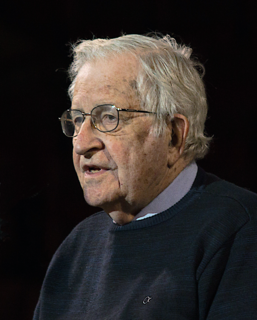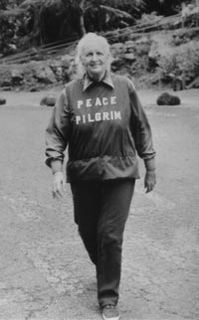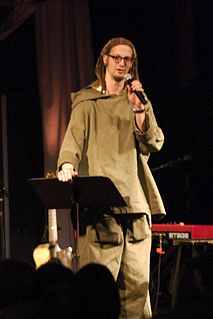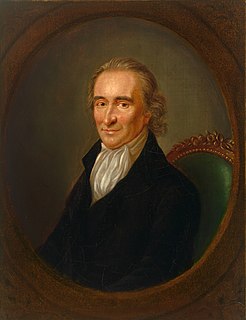A Quote by Joan Halifax
Kaz's art is a powerful example of discipline and freedom. His classical calligraphy captures the inner movement and stillness of the brush and mind.
Related Quotes
Self-discipline is a form of freedom. Freedom from laziness and lethargy, freedom from the expectations and demands of others, freedom from weakness and fear-and doubt. Self-discipline allows a pitcher to feel his individuality, his inner strength, his talent. He is master of, rather than a slave to, his thoughts and emotions.
I love liquid eyeliner - it's just easier. It doesn't melt, fade, skip, or smudge. It's tougher to use because it's not as forgiving. The brush for my em michelle phan Scribble Calligraphy Liquid Liner was inspired by a calligraphy brush, so you can get a very thick or thin line, depending on how you flick it. I use it in Tattoo Black.
So far as discipline is concerned, freedom means not its absence but the use of higher and more rational forms as contrasted with those that are lower or less rational. A free discipline controls the individual by appealing to his reason and conscience, and therefore to his self-respect; while an unfree control works upon some lower phase of the mind, and so tends to degrade him. It is freedom to be disciplined in as rational a manner as you are fit for.
I define Inner Space as an imaginary realm in which on the one hand the outer world of reality, and on the other the inner world of the mind meet and merge. Now, in the landscapes of the surrealist painters, for example, one sees the regions of Inner Space; and increasingly I believe that we will encounter in film and literature scenes which are neither solely realistic nor fantastic. In a sense, it will be a movement in the interzone between both spheres.
There is a point where in the mystery of existence contradictions meet; where movement is not all movement and stillness is not all stillness; where the idea and the form, the within and the without, are united; where infinite becomes finite, yet not losing its infinity. If this meeting is dissolved, then things become unreal.
For me there were only two ways on the precipice - either I have to fall in or I have to fall out, to accept or say good-bye. The moment I crossed the precipice, it no longer was a discipline - it became a passion, an urge to pursue. Then I experienced freedom. Freedom comes when the discipline revolutionizes the discipline as a passion for the art.
The inner censor of the mind of the true believer completes the work of the public censor; his self-discipline is as tyrannical as the obedience imposed by the regime; he terrorizes his own conscience into submission;he carries his private Iron Curtain inside his skull, to protect his illusions against the intrusion of reality.
Stillness is not the absence or negation of energy, life, or movement. Stillness is dynamic. It is unconflicted movement, life in harmony with itself, skill in action. It can be experienced whenever there is total, uninhibited, unconflicted participation in the moment you are in—when you are wholeheartedly present with whatever you are doing.
